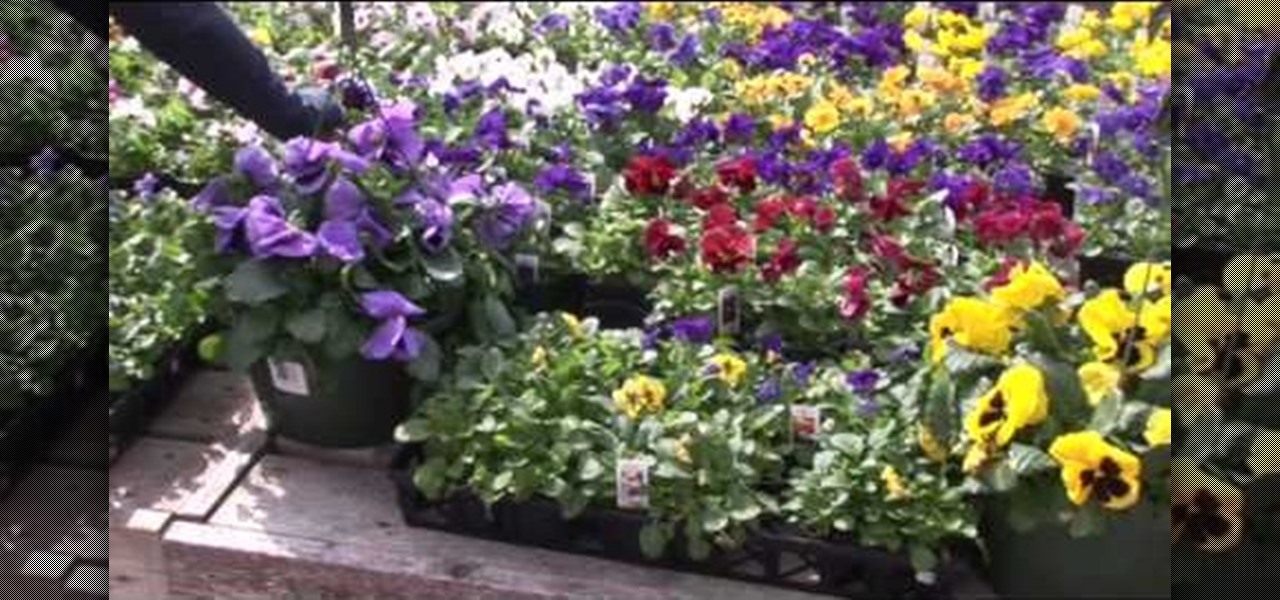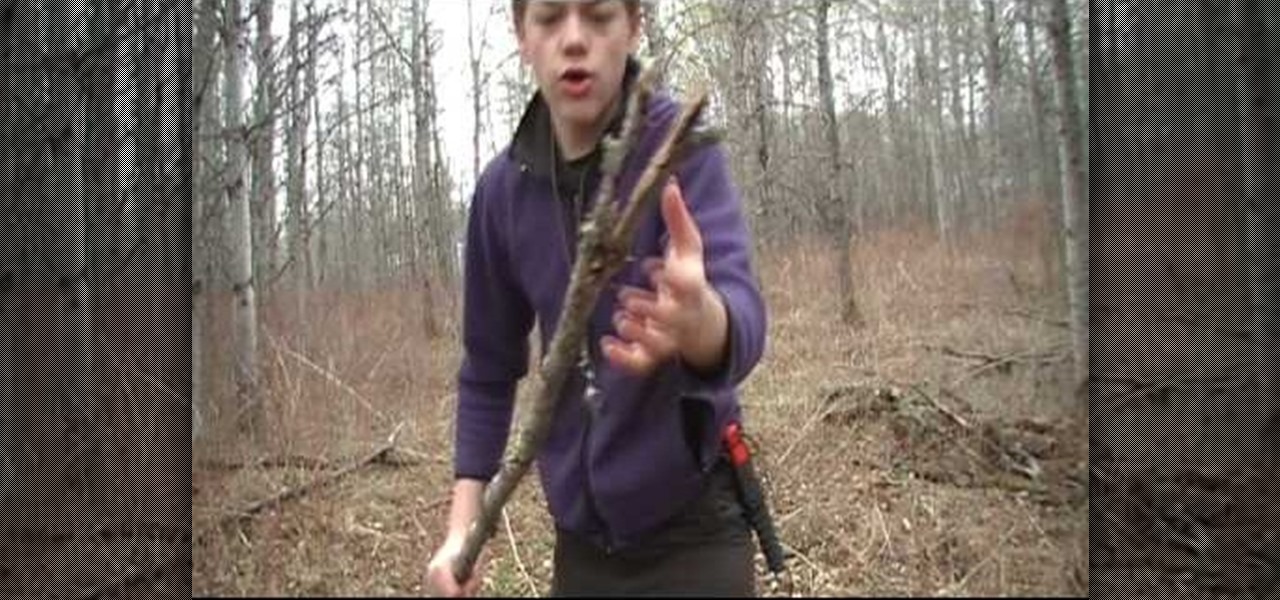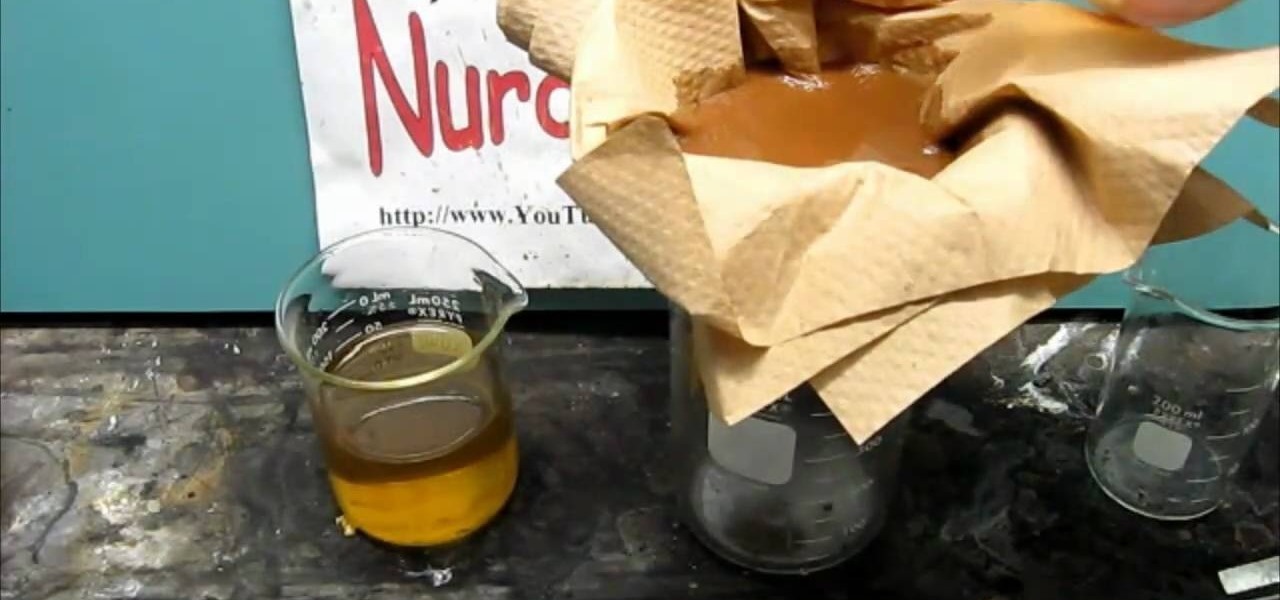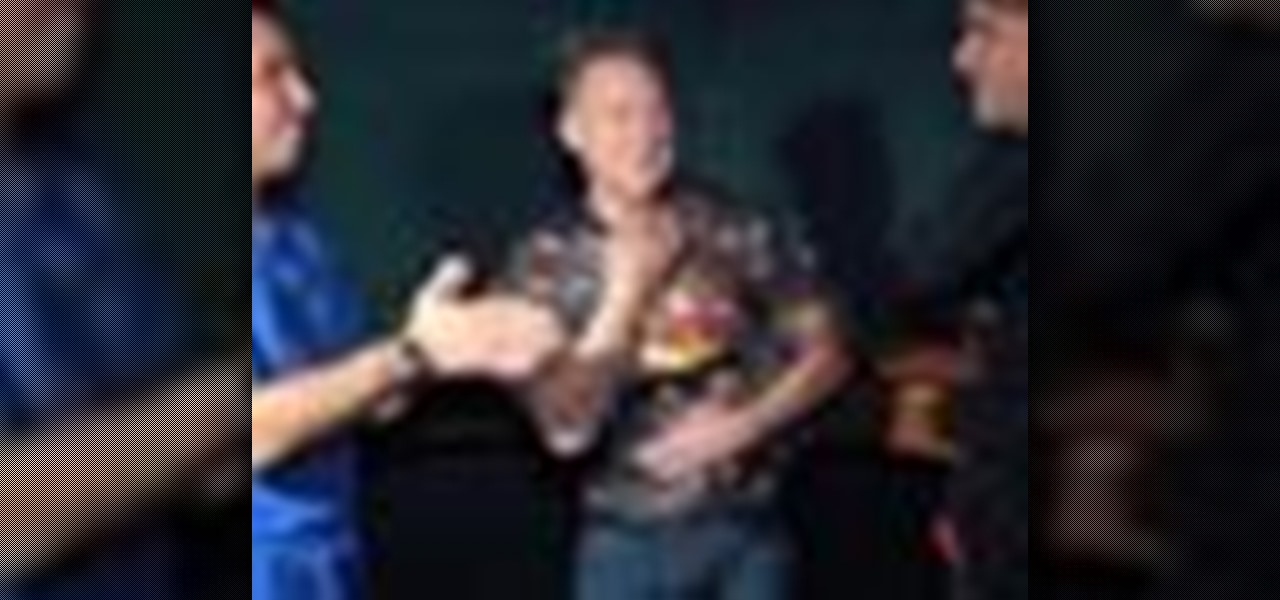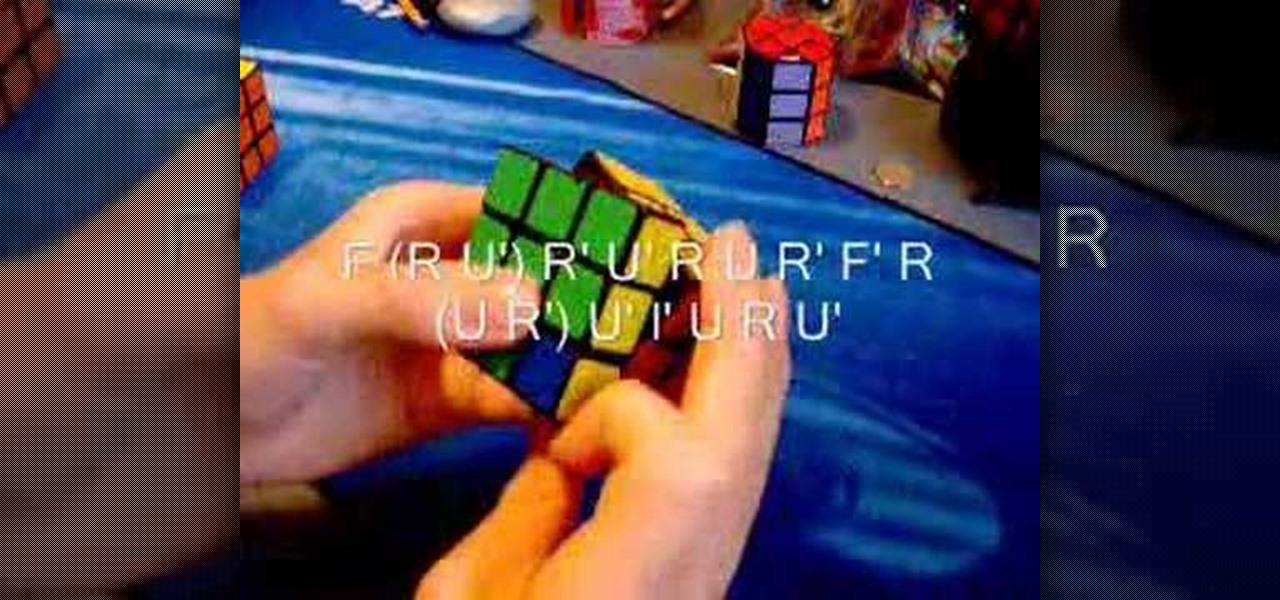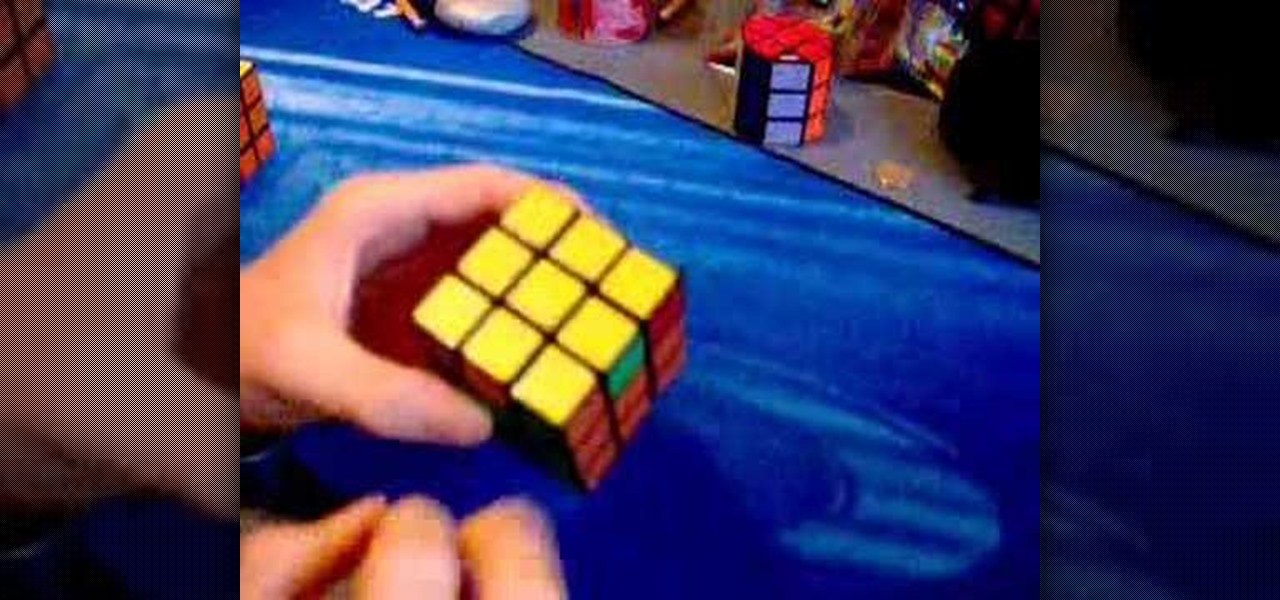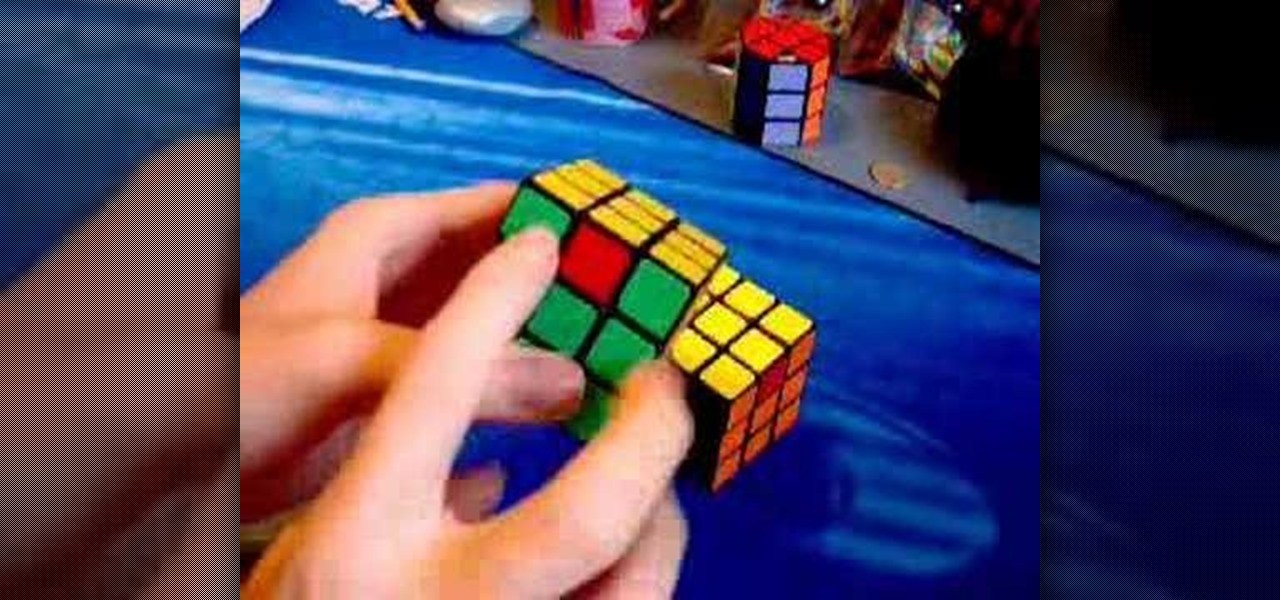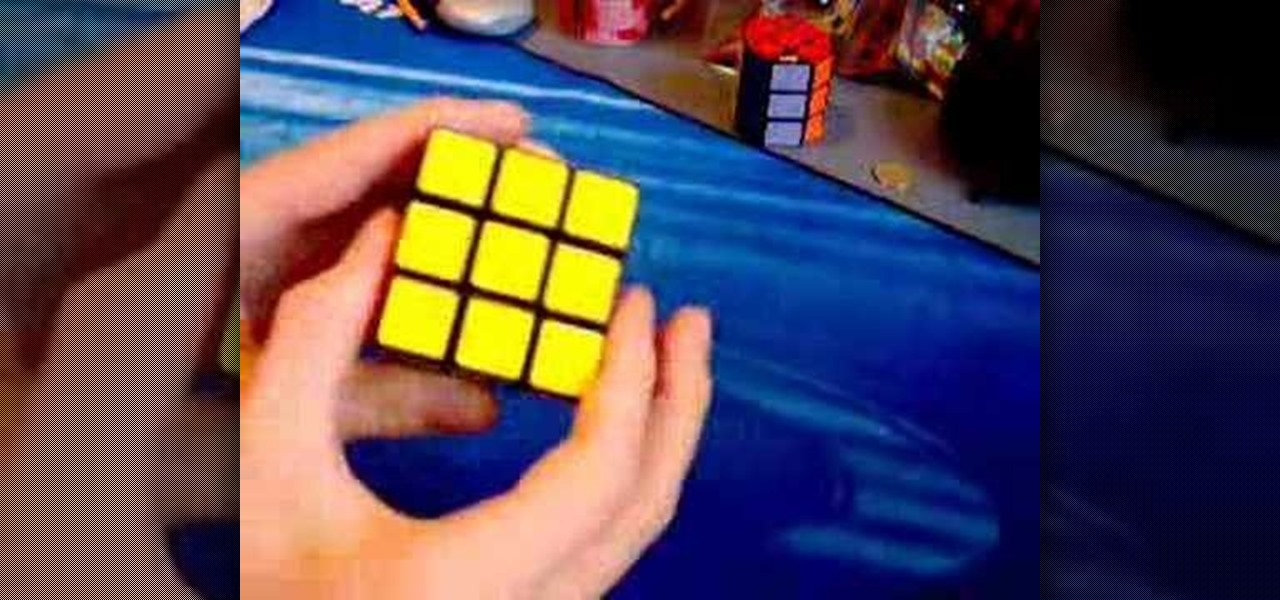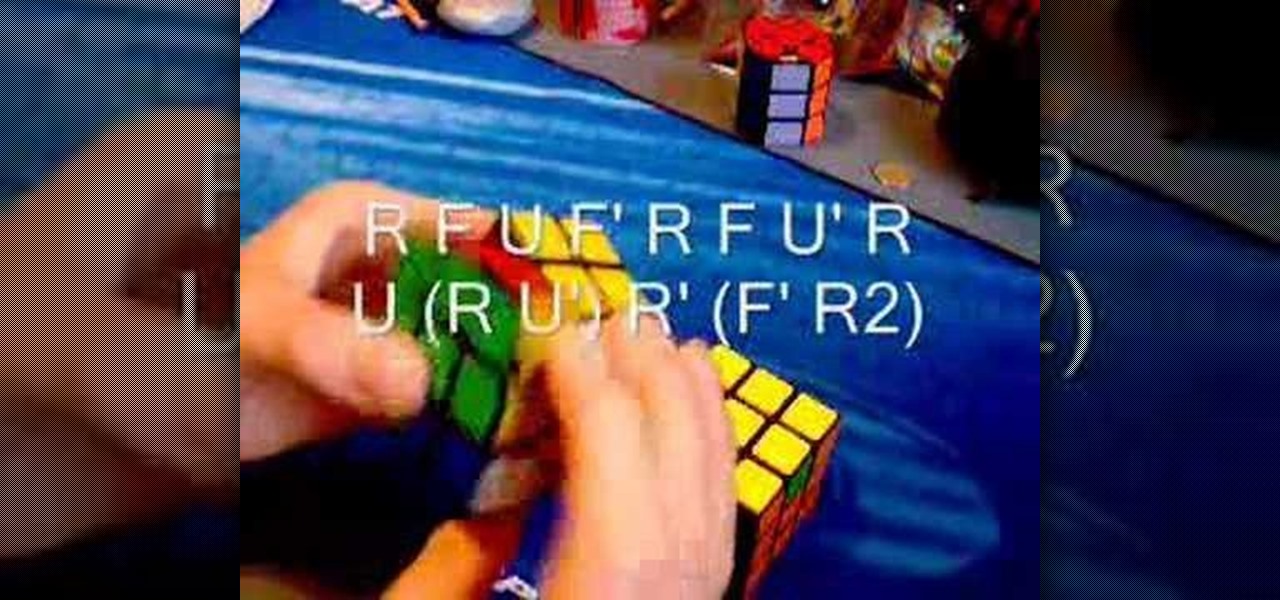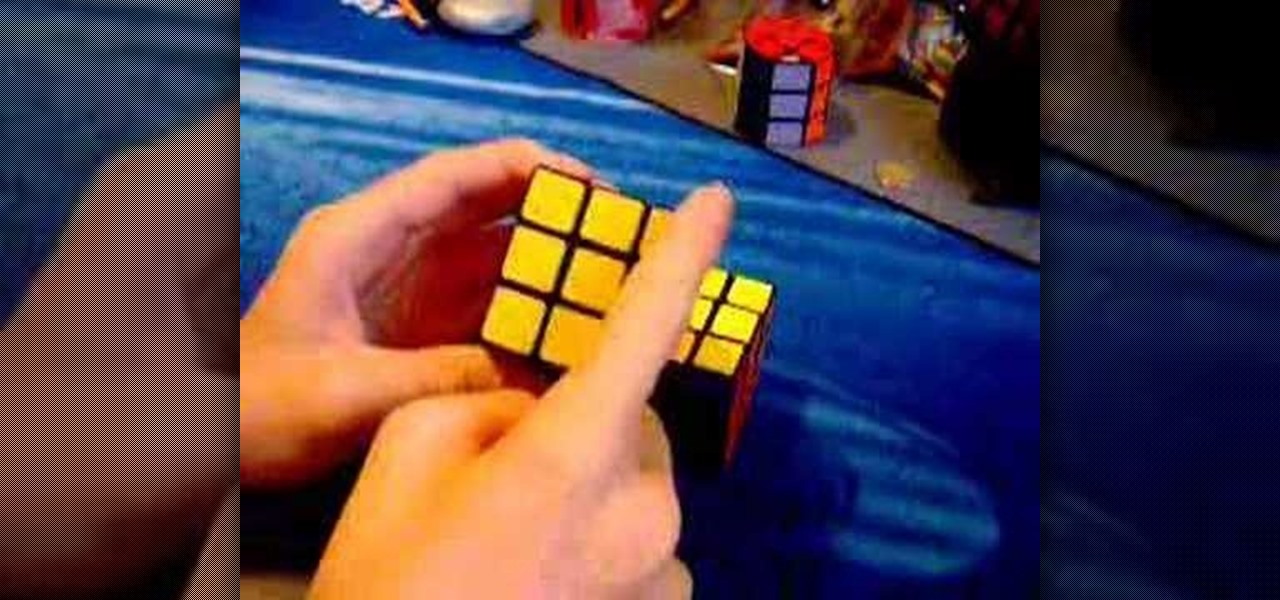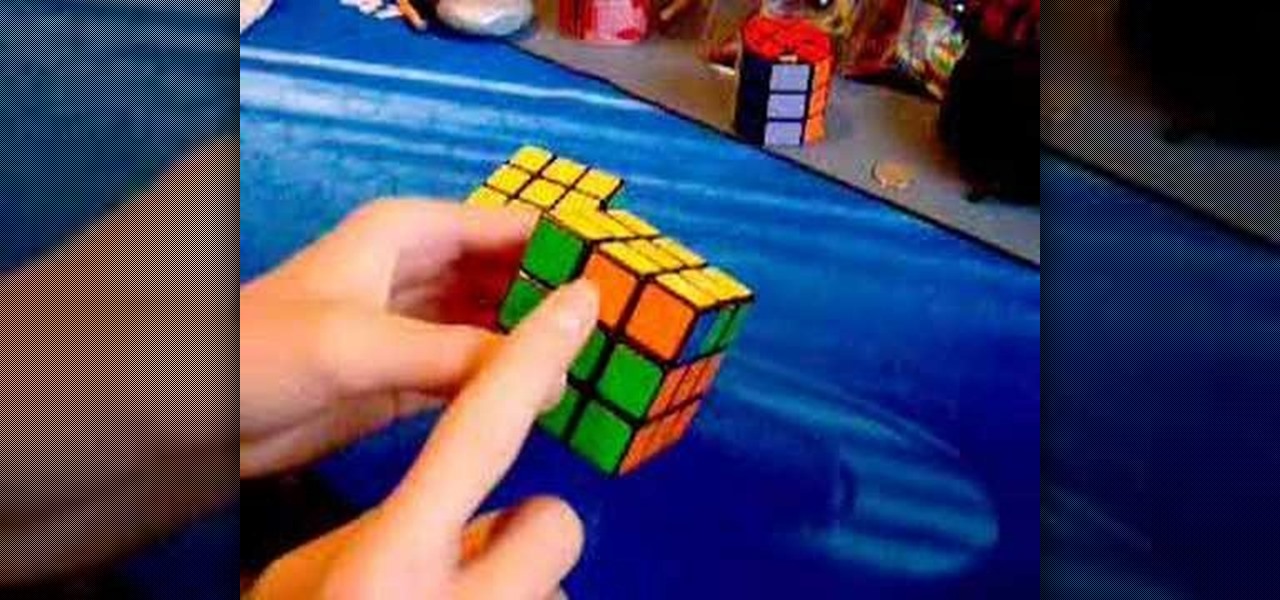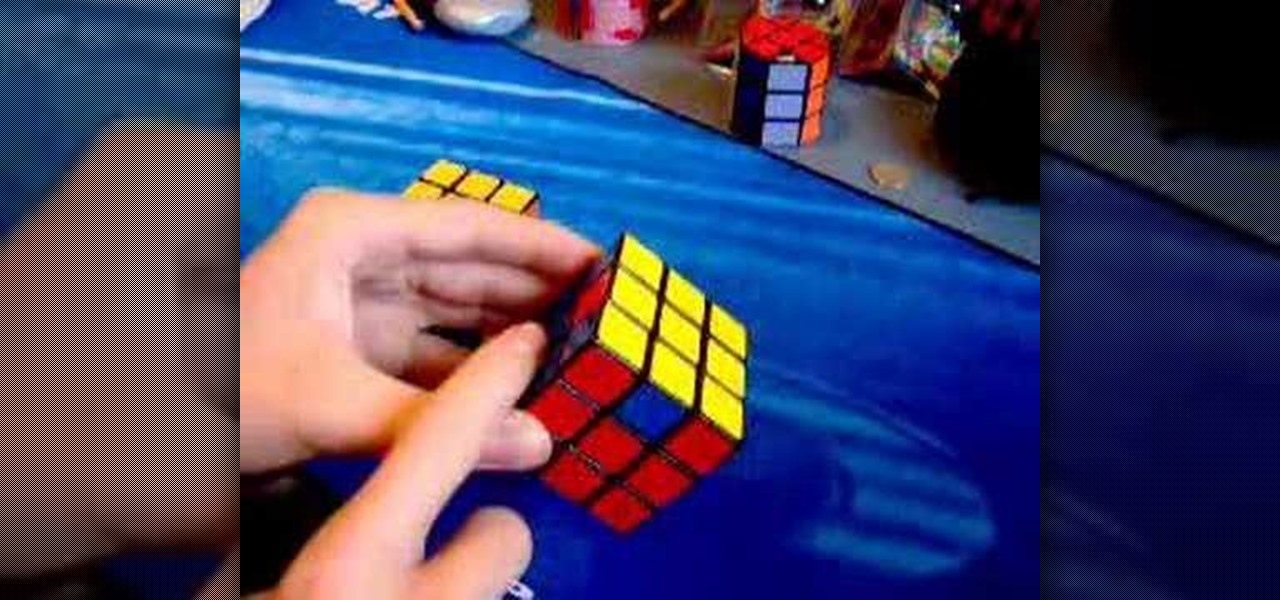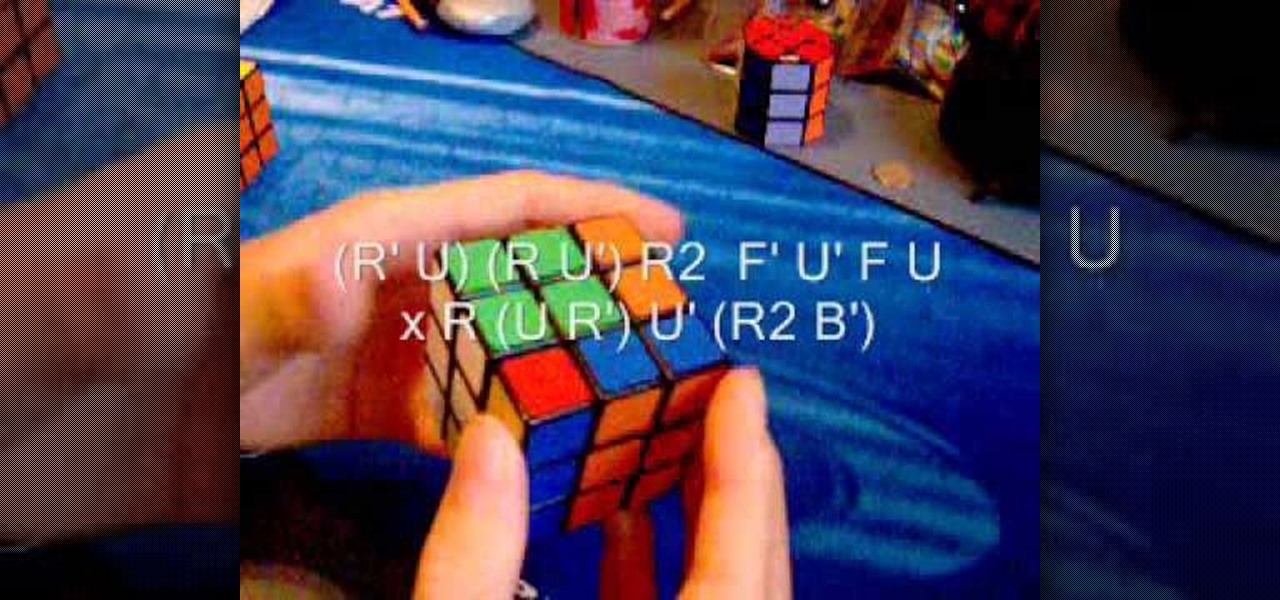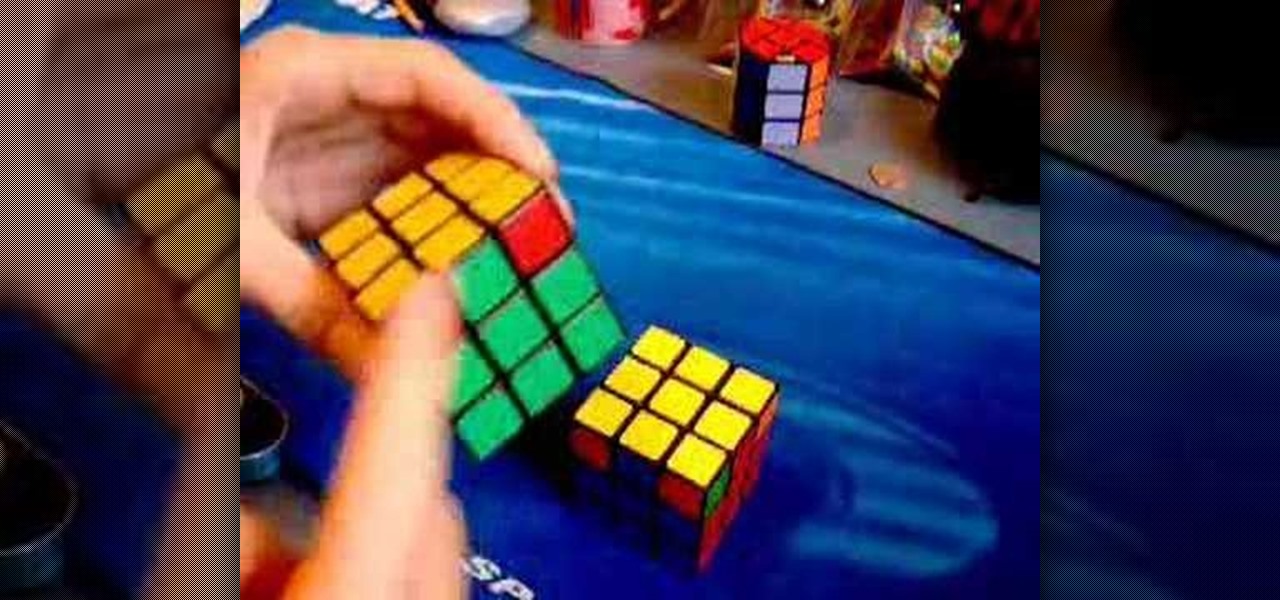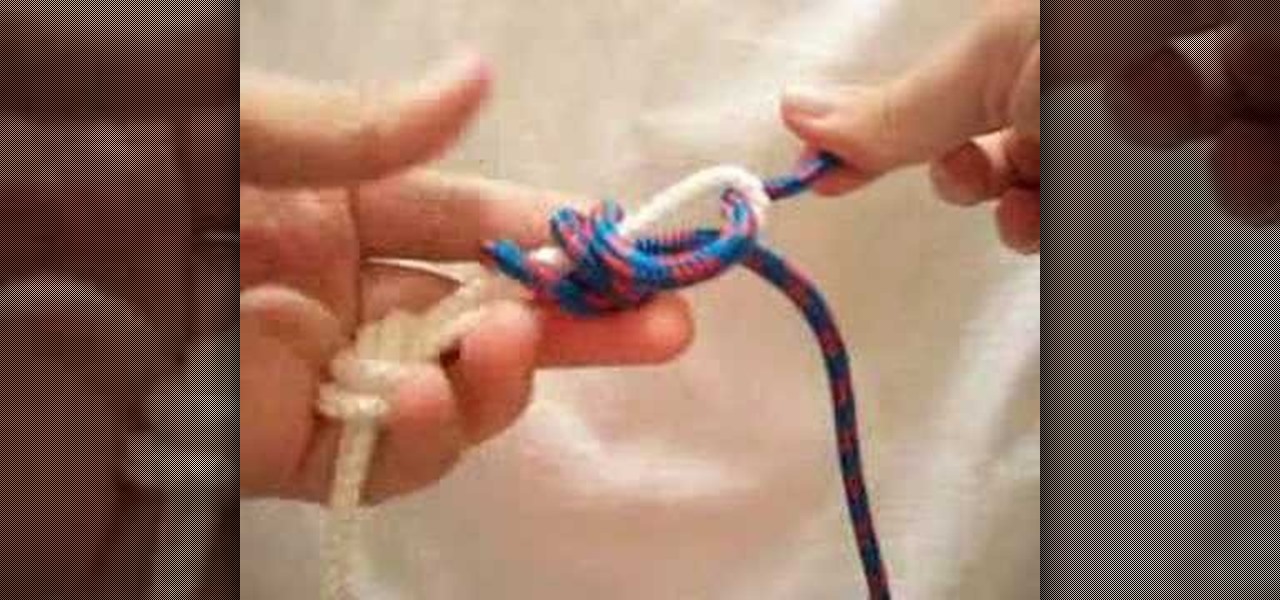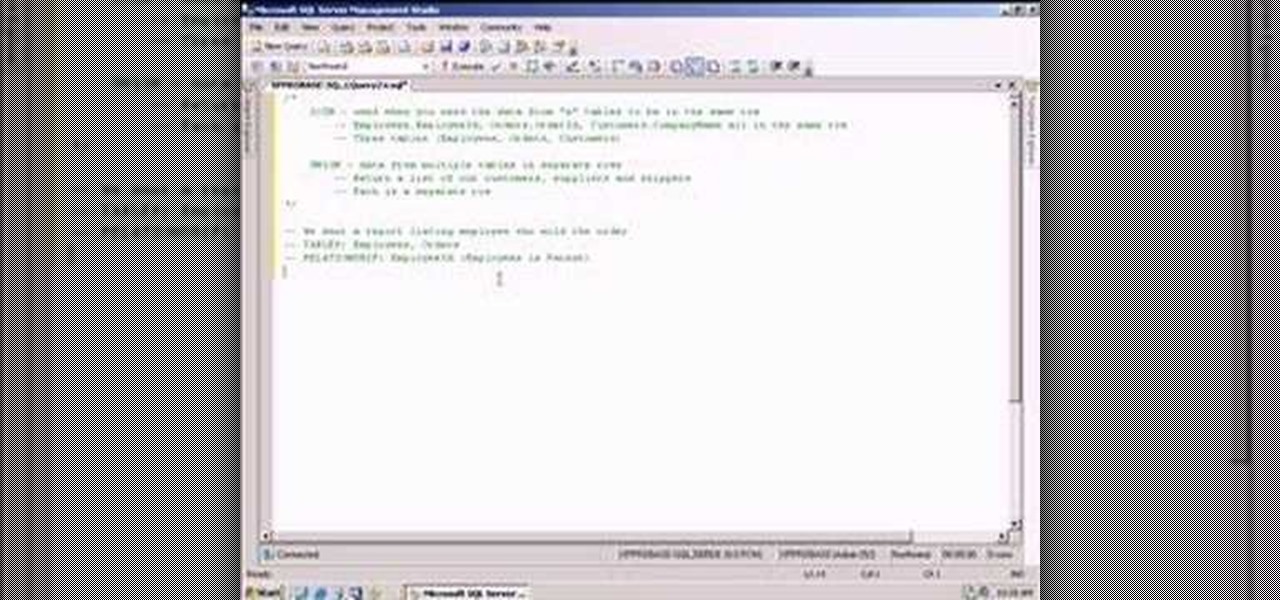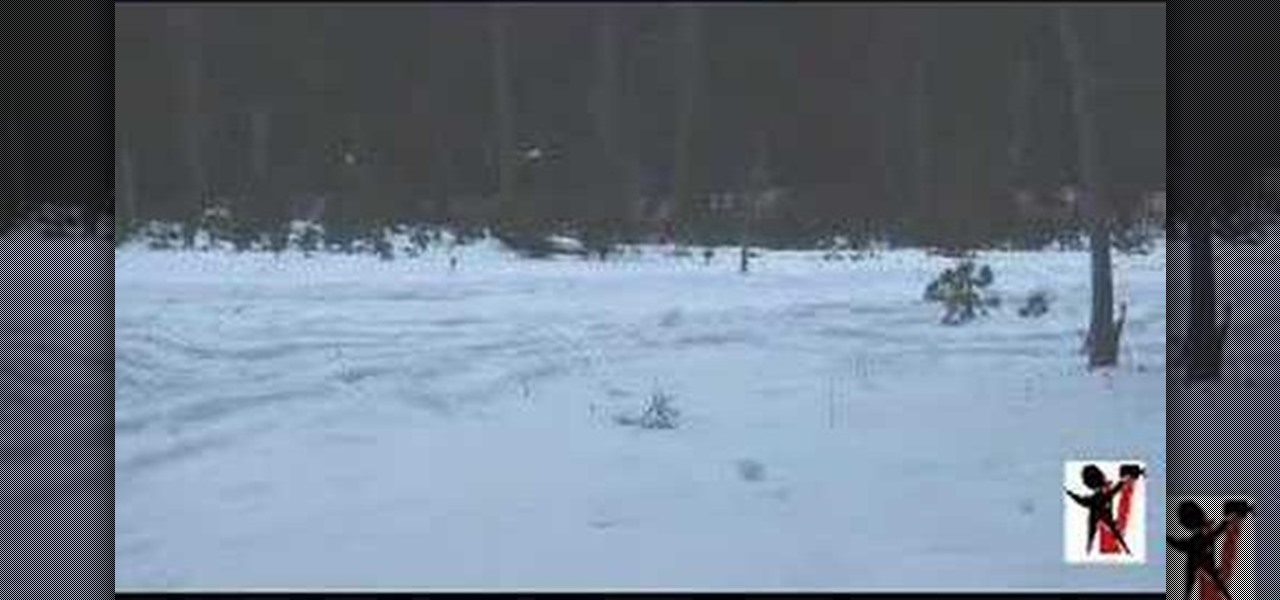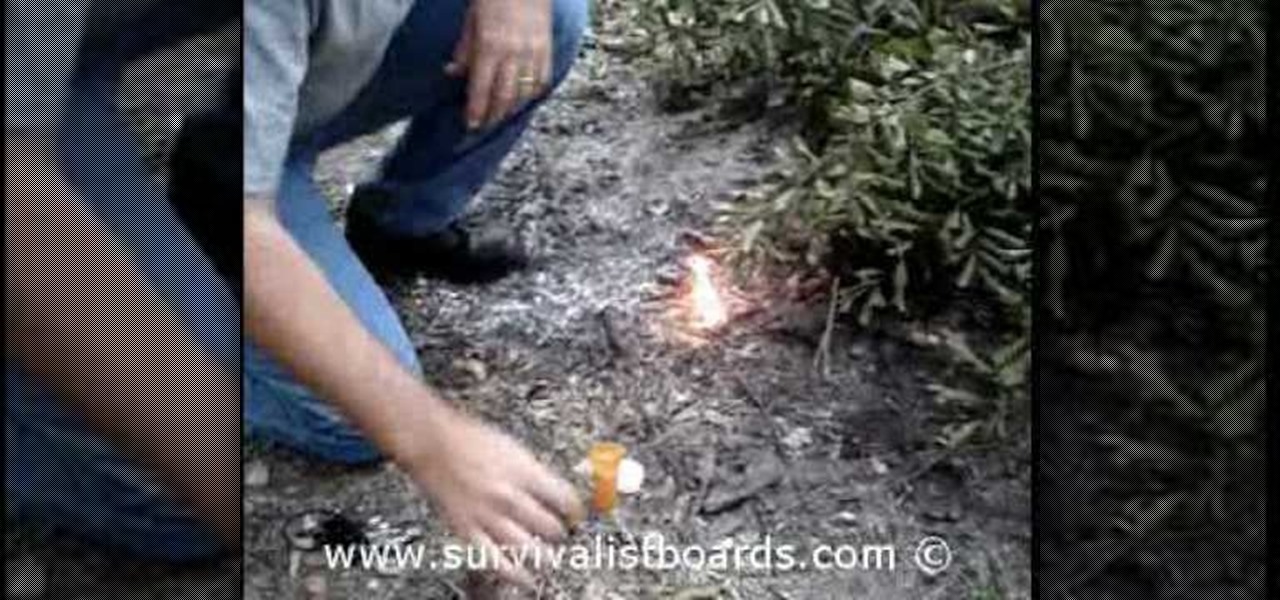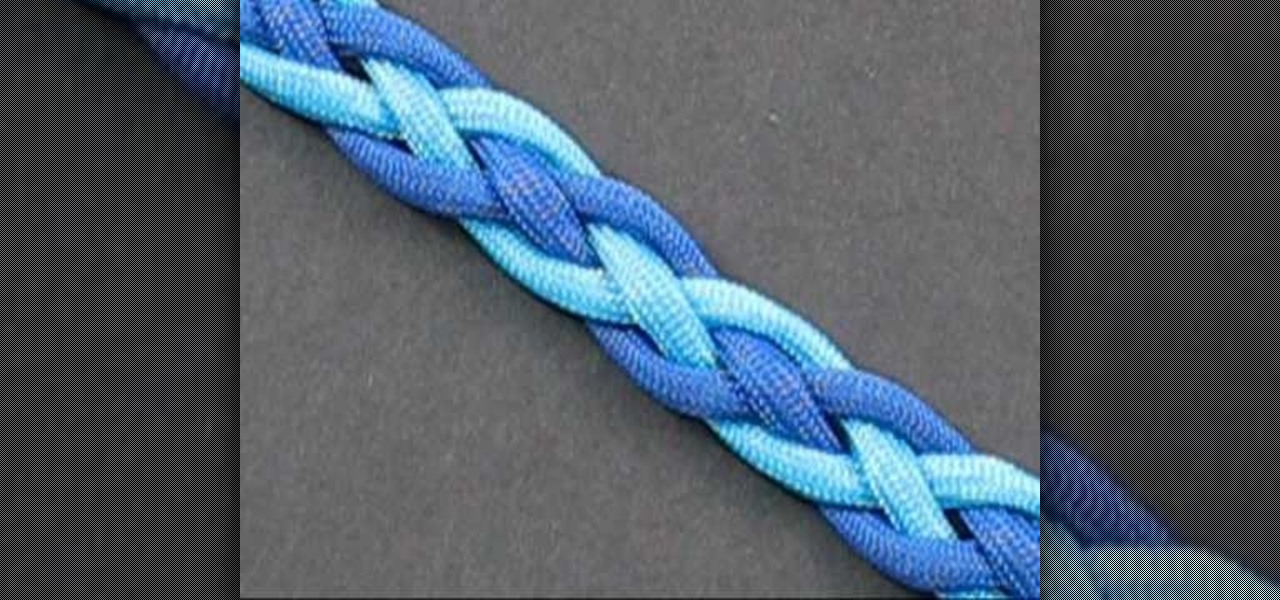
The great thing about weaving, is not only can you make something that is fun to look at, but can be used in certain situations. This next tutorial is going to show you how to tie a two color snake weave. The weave is basically a celtic knot that is perfect to use as bracelets and straps. This weave is different from an original snake weave in that it adds something extra and can't wrap around itself. So check out the tutorial and good luck!
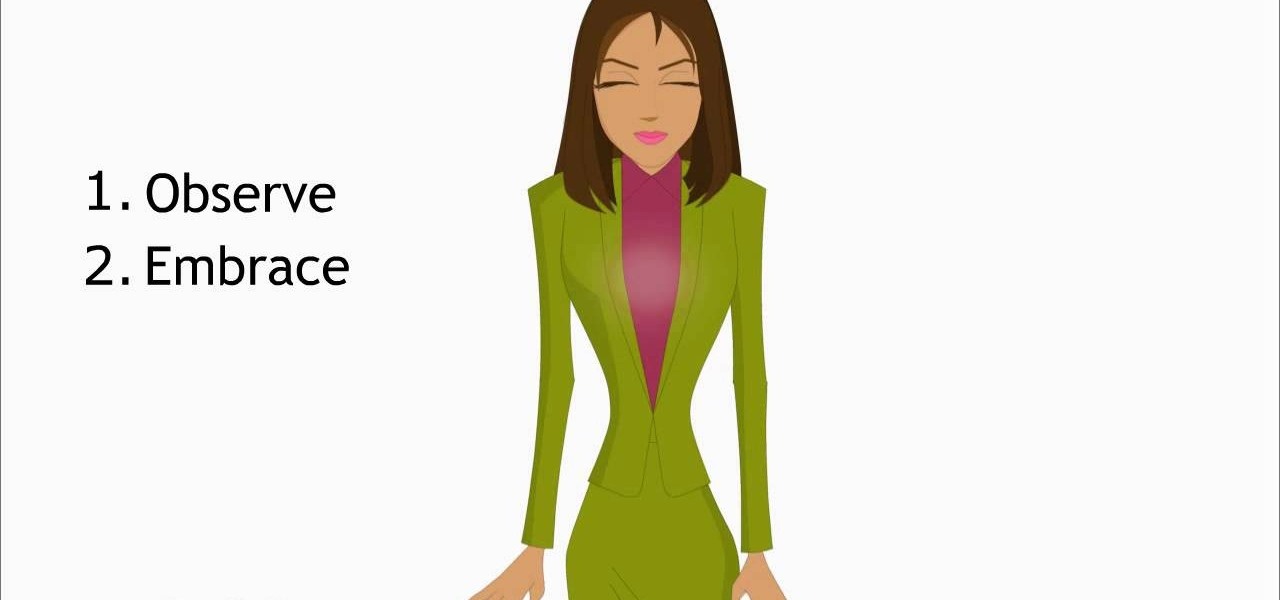
In this tutorial, we learn how to stop a panic attack. Start by reminding yourself that you are having anxiety and do not get upset with the situation. Realize you are just having heightened sensations and that you are not in any danger at the moment. Don't close down, let your sensations run through your body and process the fear. Travel through the anxiety to become free of it. The act of welcoming will change your attitude, and let you flow with the experience. You can mentally feel the se...

Trekking poles make carrying heavy load across long distances on foot, like you do when you're on a backpacking trip, much easier. This video will help you make sure you're getting the most out of your trekking poles by teaching you how to make sure that your poles are the correct height for the situation that you are in. Get the most out of your modern hiking technology!
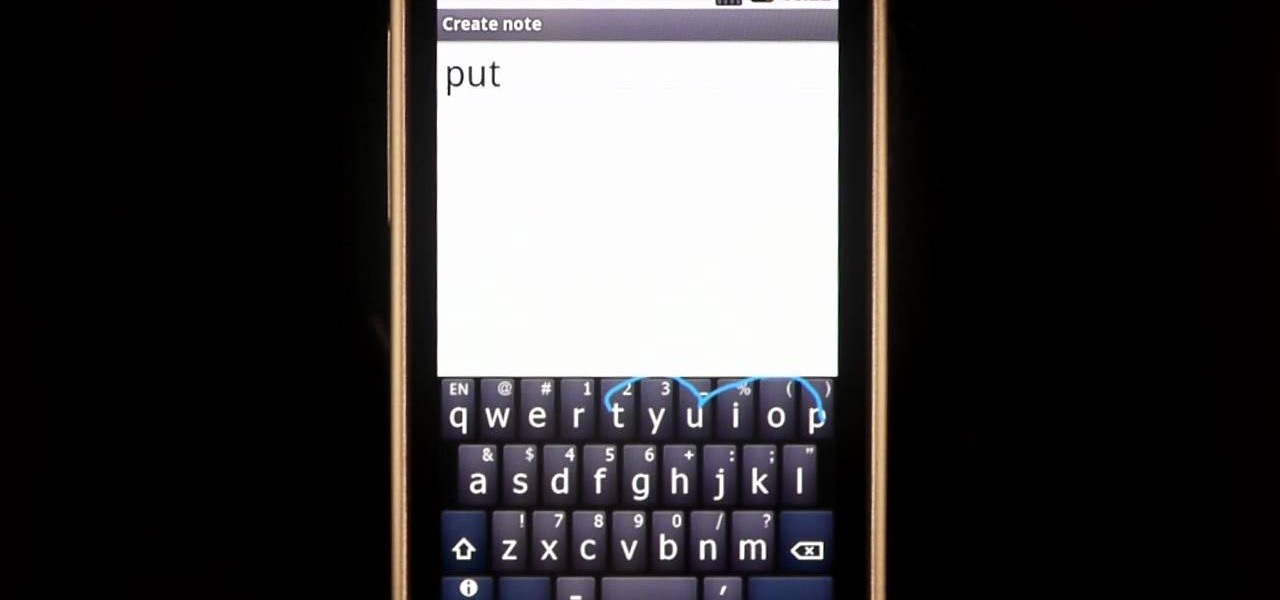
There are some words that Swype has trouble with. While Swype will still be able to recognize these words, it will make you choose from a list of options. For example, you will run into this problem with the words "put" "pit" and "pot" because on a QWERTY keypad the letters "TYUIOP" are all in a line. In these situations, you may want to "hop" so that your texting stays up to super speeds. Check out this clip for an explanation of "hopping" from the makers of Swype and keep on texting!

Popping the ball straight up is one of the most embarrassing things that a batter can do. They can be absolved, though, if the catcher fails to make the catch in foul territory. This video features MLB catcher Josh Bard explaining his approach to catch pop flies. If he can do it in front of 50000 screaming Yankees fans, you should be able to do it yourself in a more easy-to-master situation.

The neck is one of the most important and fragile parts of the body. It has few bones and muscles and very many blood vessels and nerves, making it a natural haven for pressure points. This video will teach you how to locate and strike many of these pressure points in order to improve your self-defense or martial arts skills. It includes demonstrations, diagrams, and detailed instructions for utilizing the information obtained in real-world self-defense situations.

The fine folks at ITS Tactical made this detailed tutorial on how to make a two-piece lock pick set out of only a few paper clips and using only a multi-tool in the construction. The host begins by demonstrating how to construct the pick, then how to use it on a real lock. It is not as easy as using a real lock pick, but will still work. As the host emphasizes at the beginning of the video, these picks are only to be used in emergency situations, and NOT to break into other people's homes wil...

If you have been a victim of identity theft, you are not alone. This happens to millions of people every year.

If someone violates a protective order, there are — the remedy would be the police would be involved. You'll get arrested. So, basically, a protective order is usually good for two years, and it has all the specific things you cannot do. For instance, you can't go by that person's — within 200 feet of them or their residence or their employer. So it has some very specific things. A restraining order is different. It's a standard thing that's given that's a mutual thing where it just says be n...

How to keep your pansies healthy year round

This video shows you how to make a fishing spear for catching fish or small wildlife in survival situation.To start, you need a sapling about 5 feet long and a knife. Make a raw sharpening of the stick. Then split the log at the tip for a length of 6-8 inches. To split, put the knife on the middle of the sapling, near the tip, and press hard against it. Once it is split, find a twig with the width of a pencil and push it inside the split, making the two halves of the stick form a gap between ...

In a previous video by NurdRage, he showed you how to make manganese sulfate ("How to make MnSO4 from MNO2 (two separate ways)"), but there can be situations where the iron in the precursor would carry over and contaminate the product. Recrystallization doesn't work for this high level of contamination, so a different approach is needed.

With the help of magician Dan Martin, you'll learn the steps to escape from a straitjacket! Hopefully you won't find yourself in a serious situation where you need to escape from a straitjacket, but if you want to simply impress your friends or put on a magic show, this video is a great tutorial for you.

While the clove hitch is not a particularly secure knot, it's useful in situations when the knot requires a little bit of give. The steps to tying this knot are demonstrated in this how-to video, and are shown at a fast pace so you can see how quick and easy it is to do. Watch this video knot-tying tutorial and learn how to tie a clove hitch knot quickly.

Need a little help solving the last part of the Rubik's Cube puzzle? Permutating the last layer could be tricky, and could get you back to square one if you don't know what you are doing, but don't worry, you'll be able to solve that Cube in every possible PLL situation.

Need a little help solving the last part of the Rubik's Cube puzzle? Permutating the last layer could be tricky, and could get you back to square one if you don't know what you are doing, but don't worry, you'll be able to solve that Cube in every possible PLL situation.

Need a little help solving the last part of the Rubik's Cube puzzle? Permutating the last layer could be tricky, and could get you back to square one if you don't know what you are doing, but don't worry, you'll be able to solve that Cube in every possible PLL situation.

Need a little help solving the last part of the Rubik's Cube puzzle? Permutating the last layer could be tricky, and could get you back to square one if you don't know what you are doing, but don't worry, you'll be able to solve that Cube in every possible PLL situation.

Need a little help solving the last part of the Rubik's Cube puzzle? Permutating the last layer could be tricky, and could get you back to square one if you don't know what you are doing, but don't worry, you'll be able to solve that Cube in every possible PLL situation.

Need a little help solving the last part of the Rubik's Cube puzzle? Permutating the last layer could be tricky, and could get you back to square one if you don't know what you are doing, but don't worry, you'll be able to solve that Cube in every possible PLL situation.

Need a little help solving the last part of the Rubik's Cube puzzle? Permutating the last layer could be tricky, and could get you back to square one if you don't know what you are doing, but don't worry, you'll be able to solve that Cube in every possible PLL situation.

Need a little help solving the last part of the Rubik's Cube puzzle? Permutating the last layer could be tricky, and could get you back to square one if you don't know what you are doing, but don't worry, you'll be able to solve that Cube in every possible PLL situation.

Need a little help solving the last part of the Rubik's Cube puzzle? Permutating the last layer could be tricky, and could get you back to square one if you don't know what you are doing, but don't worry, you'll be able to solve that Cube in every possible PLL situation.

Need a little help solving the last part of the Rubik's Cube puzzle? Permutating the last layer could be tricky, and could get you back to square one if you don't know what you are doing, but don't worry, you'll be able to solve that Cube in every possible PLL situation.

Need a little help solving the last part of the Rubik's Cube puzzle? Permutating the last layer could be tricky, and could get you back to square one if you don't know what you are doing, but don't worry, you'll be able to solve that Cube in every possible PLL situation.

The clove hitch knot is not a particularly good knot for binding, but can be quite useful as a crossing knot, or a knot at the intersection of topes where both ends of the active rope are loaded. The clove hitch works best in situations where the knot needs a little bit of give and is adjustable. Watch this video survival training tutorial and learn how to tie a clove hitch knot.

The Albright Knot, demonstrated in this how-to video, was developed for fishing, but as it was created to tie together to diameters of rope or line, can be useful for many different reasons to tie knots. The Albright knot is relatively strong, so it's good to be able to tie this knot in various emergency situations. Check out this video survival training tutorial and learn how to tie an Albright knot variation.

This instructional photography video explains step-by-step the features of active D-Lighting: what it can do and how it affects your images. Active D-Lighting allows you to photograph in various lighting situations for more neutral contrast results. Here is a basic explanation of the settings on a professional Nikon photo camera:

Here's the master mixer at work again preparing an incredible variation to the classic mojito mix by adding one of his favorite ingredients, lychee fruit. Learn how Manuel makes this beautiful cocktail with tips for this drink to work in a party situation. You will need mint, lime, simple syrup, lychee liqueur, and rum.

If you came upon an emergency situation would you know what to do? First aid techniques can come in handy when someone is chocking. Watch this first-aid how to video to learn how to perform the Heimlich maneuver on a choking adult who is conscious and becoming unconscious.

If you came upon an emergency situation would you know what to do? First aid CPR techniques can come in handy at any time. Watch this first-aid how to video to learn how to perform CPR on an adult when you don't have any help.

As with any emergency situation it is important to follow the proper guidelines for emergency scene management. This first aid how-to video will show you what you need to know to be ready for an emergency, where ever it occurs. Learn to treat a responsive casualty and hopefully save their lives.

As with any emergency situation it is important to follow the proper guidelines for emergency scene management. This first aid how-to video will show you what you need to know to be ready for an emergency, where ever it occurs. Learn to treat an unresponsive casualty and hopefully save their lives.

Ask the Builder host, Tim Carter, demonstrates why a right angle saw is a much better tool than a hold saw, in particular situations. Your plumbing PVC pipe will fit nice and snug, and this tip will save you time and money.

This video lesson includes six drum beats that are designed to build bass drum independence. They are musical patterns that can be used in a rock playing situation, but are here for the purpose of developing your bass drum foot. Work through them slowly at first, and eventually increase the speed as you gain more control.

So many newbies to Transact-SQL have difficulties determing when to use a UNION or a JOIN to satisy their query. This video teaches you some guidelines to help you quickly and easily identify whether your query will likely need to become a JOIN or UNION. Disclaimer: these are just guidelines and they will not work in every situation but they are applicable for most SQL developers most of the time.

Brandon goes into the wilderness to shoot video in the snow. He demonstrates which situations to avoid and which provide ideal opportunities for great looking winter videos.

This video shows you how to use a great faking technique for a Fast Break situation - the jab dribble, step back and shoot basketball drill.

How do you react when a drunk comes up to you during the night? Don't ignore them. Be like a psychologist. Read the situation and get a conversation going.

Learn how to make fire with a cotton ball and vaseline for survival situations.











